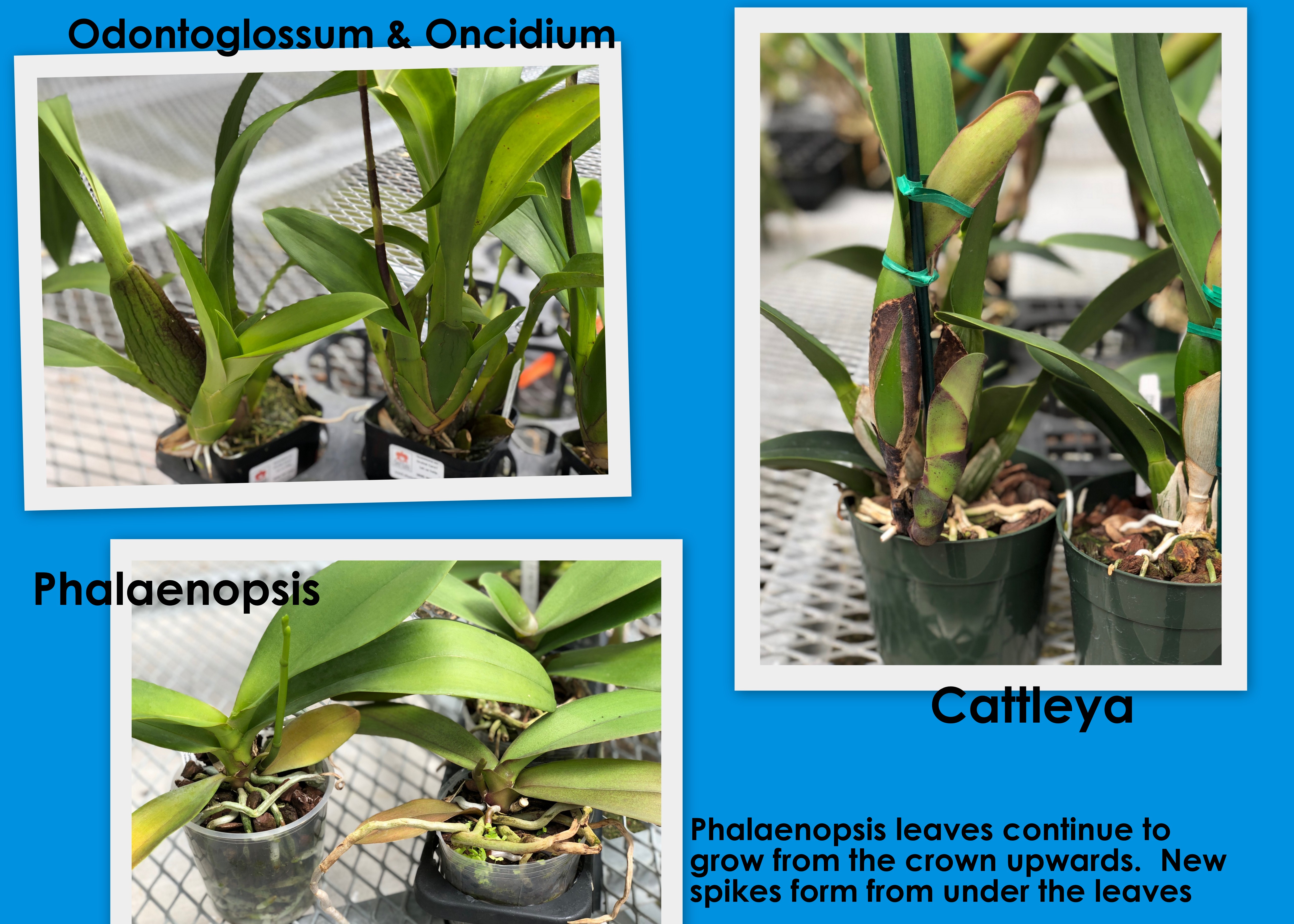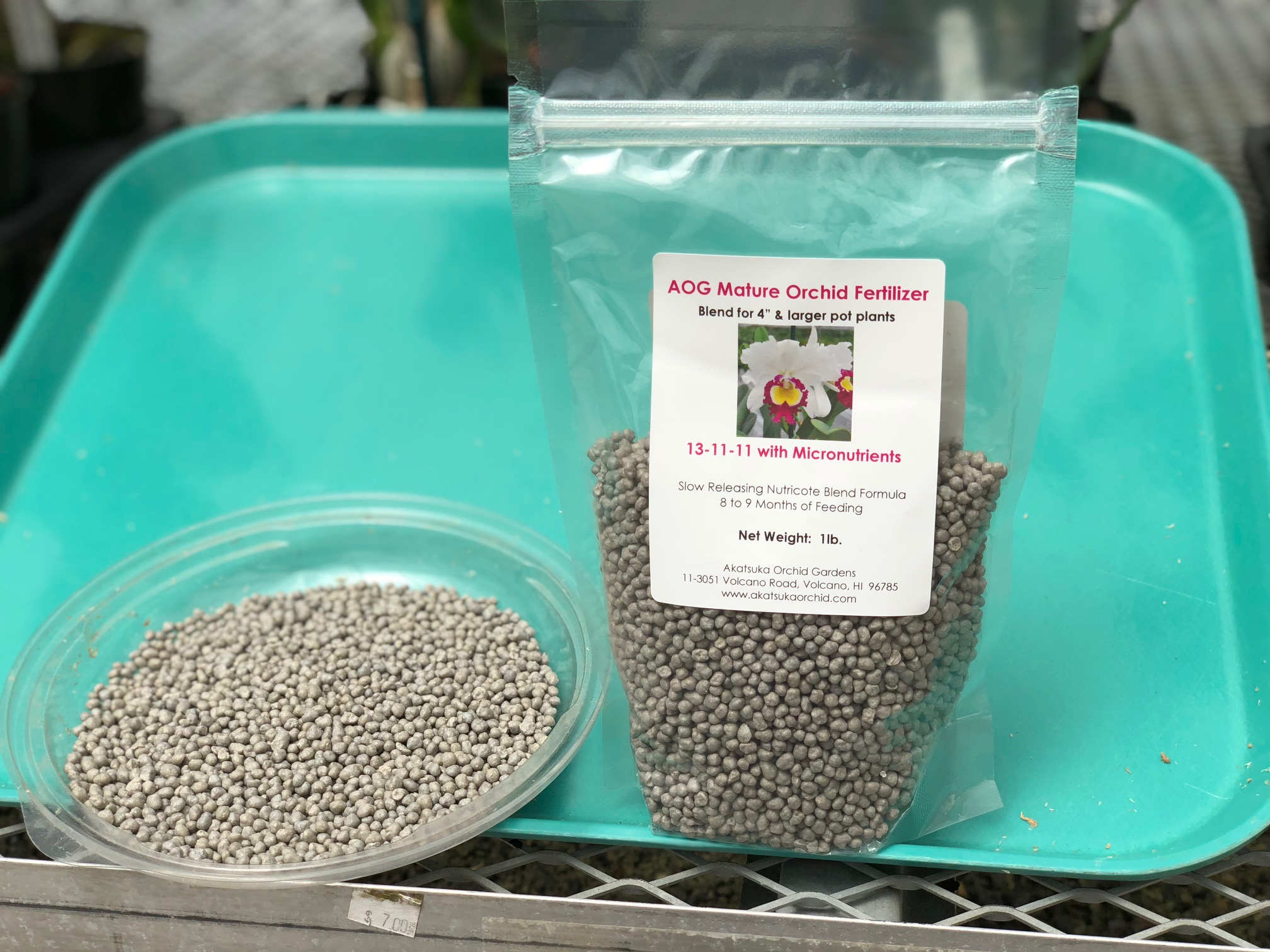
How Do I Get My Orchid to Rebloom?
Posted by Corinne Akatsuka on Sep 5th 2018
One of the most common questions we get when customers visit our store is, "How do I get my orchid to rebloom?". We will describe to you in detail below some tips that can help. Also, we created a video that discusses this topic.
First, you must consider a few things about orchids. Most orchids have a blooming season and will produce one nice showing of blooms per year. If it has been less than a year since your last bloom, patience is your best solution. Orchids will tend to bloom around the same time each year and some varieties like the Den. Nobile are dependent on changes in weather to initiate blooming. Since we are growing orchids in Hawaii, we don't have changing seasons, so when an orchid blooms for us may change slightly when it's taken back to the U.S. Mainland.
After blooming, a new growth or shoot (keiki) should form. For Cattleyas, Odnts & Onc, this growth is key because it is most likely where the new spike will emerge. If a new growth does not appear, it is less likely that a spike with buds will form.

There is no one method or action to get your orchid to rebloom. Many factors in an orchids growth contributes to whether it will produce a bloom next season. These are some main factors to consider & adjust to have the best chances for an orchid to thrive in its growth and bloom production.
1) Light & Water
Light and water are the two most important factors that affect the growth and blooming of an orchid plant. Once the current flowers have fallen and been removed, place it where it can get lots of EAST facing morning sun. 2-5 hours of good morning sun is great for orchids, it can even handle direct morning sun but indirect is best, like under a patio or breezeway. No afternoon sun, it’s just too hot! And water your plants about 1-2X twice a week. No ice cubes. If you'd like more info on how to water your orchid plant properly, watch our video here.
2) Fertilizer
You want to fertilize right after the blooming season. We use a slow release nutricote (13-11-11) fertilizer added once a year that lasts 6-8 months. You can also supplement with liquid fertilizer at ½ rate on bottle but it’s not necessary. Keep in mind, if you are giving your plant too much fertilizer and feeding it all year round, it’s so comfortable being fed and growing, it won’t feel the need to produce blooms.

3) Stress
If you feel like you’re doing everything right and you’ve got a healthy growing plant, you could introduce some stress. You don’t’ need to do this for your typical orchid plants, but for some hard to bloom or finicky plants, some stress will allow the plant to start the bloom process. Blooms are initiated in times of stress where the plant feels it’s life is in danger and needs to reproduce to survive. One thing you can do is to cut back on the watering, to once every 10 days for about a month. If a spike is not initiated, you could cut back to once every 2 weeks for about a month.
I hope these tips will help you to see beautiful blooms every season.
